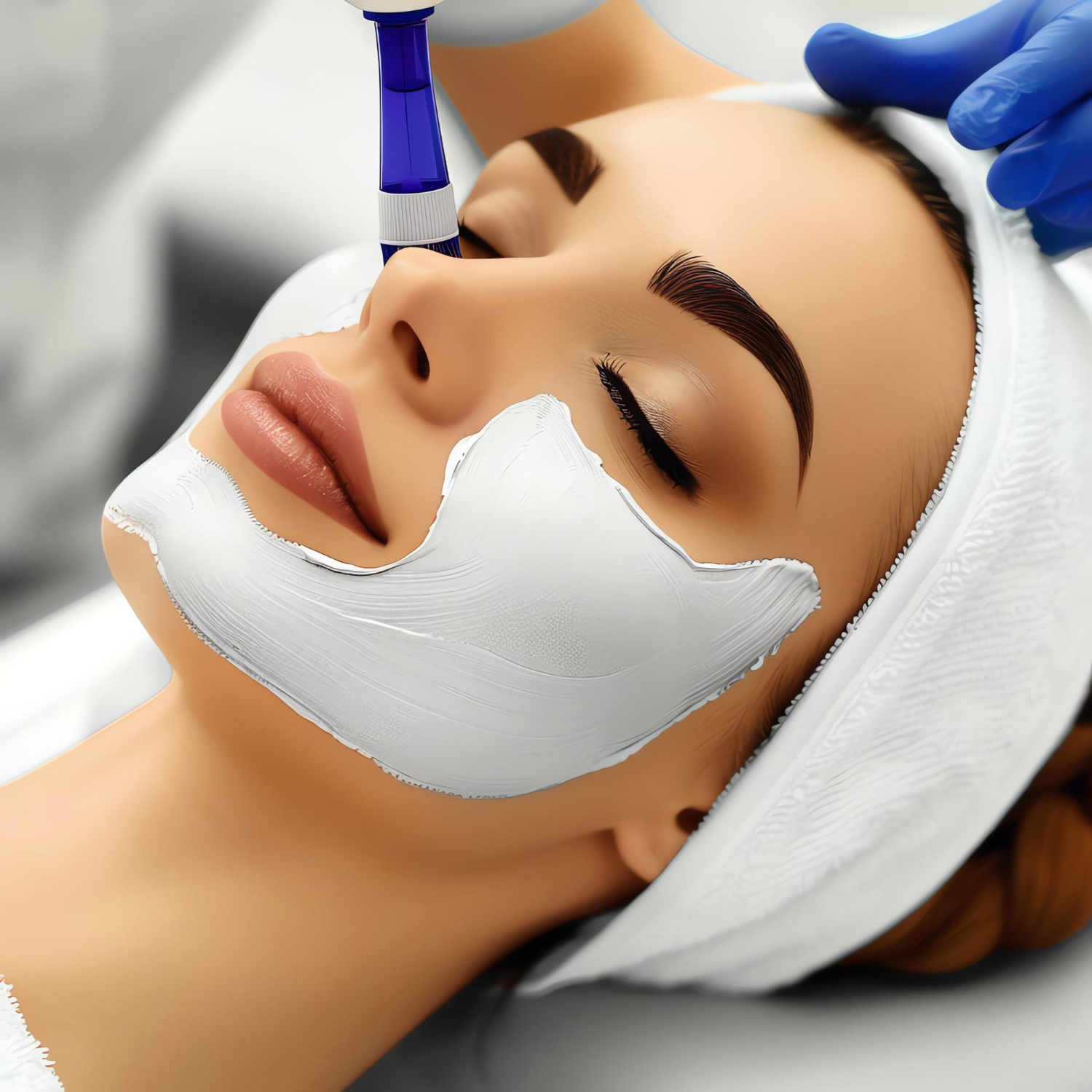- Hadaspur - +9322338004

Chemical peels are a popular and effective cosmetic treatment designed to improve the appearance and texture of the skin. At SkinCure Skin and Hair Clinic, I, Dr. Sandesh Patil, frequently recommend chemical peels for patients seeking to address various skin concerns, from fine lines and wrinkles to acne scars and hyperpigmentation. In this blog, I’ll explore the benefits, risks, and what you can expect when undergoing a chemical peel treatment.
What Are Chemical Peels?
A chemical peel involves applying a solution to the skin that causes the outer layers to exfoliate and eventually peel off. The new, regenerated skin underneath is usually smoother, more even-toned, and less wrinkled. Chemical peels can be performed at different depths—superficial, medium, or deep—depending on the patient’s skin type and the issues being addressed.
Benefits of Chemical Peels
Risks and Considerations
While chemical peels offer many benefits, they are not without risks. It’s important to be aware of potential side effects and discuss them with your dermatologist before undergoing treatment.
What to Expect During and After a Chemical Peel
During the Procedure:
A chemical peel is typically performed in a dermatologist’s office and takes about 30 minutes to an hour, depending on the depth of the peel. The skin is first cleansed, and then the chemical solution is applied. You may feel a tingling or burning sensation, which is normal and usually subsides after a few minutes.
Post-Procedure Care:
After the peel, your skin will begin to peel off over the next few days. It’s important to follow your dermatologist’s aftercare instructions closely. This may include applying a soothing ointment, avoiding picking or peeling the skin, and using sunscreen diligently.
Recovery Time:
The recovery time varies depending on the type of peel. Superficial peels usually have little to no downtime, while medium and deep peels may require several days to weeks of recovery. Your skin may be red and sensitive during this time, but this will gradually improve as the new skin emerges.
Who Is a Good Candidate for Chemical Peels?
Chemical peels are suitable for a wide range of skin types and concerns, but they are not for everyone. Ideal candidates are those with fair skin and light hair, although individuals with darker skin can also benefit from chemical peels with the right approach and precautions.
Before undergoing a chemical peel, it’s essential to have a consultation with a qualified dermatologist who can assess your skin type, discuss your goals, and determine the most appropriate treatment plan for you.
Conclusion
Chemical peels are a versatile and effective treatment option for those looking to improve their skin’s appearance and texture. Whether you’re dealing with wrinkles
, acne scars, hyperpigmentation, or simply want to rejuvenate your skin, a chemical peel can offer significant benefits. However, like any cosmetic procedure, it’s important to understand the potential risks and ensure you’re a good candidate for the treatment.
At SkinCure Skin and Hair Clinic, we take a personalized approach to skincare, tailoring chemical peels to meet each patient’s unique needs. If you’re considering a chemical peel, I encourage you to schedule a consultation where we can discuss your goals, evaluate your skin, and create a treatment plan that will help you achieve the best possible results. Remember, with proper care and expert guidance, a chemical peel can be a powerful tool in your journey to healthier, more radiant skin.